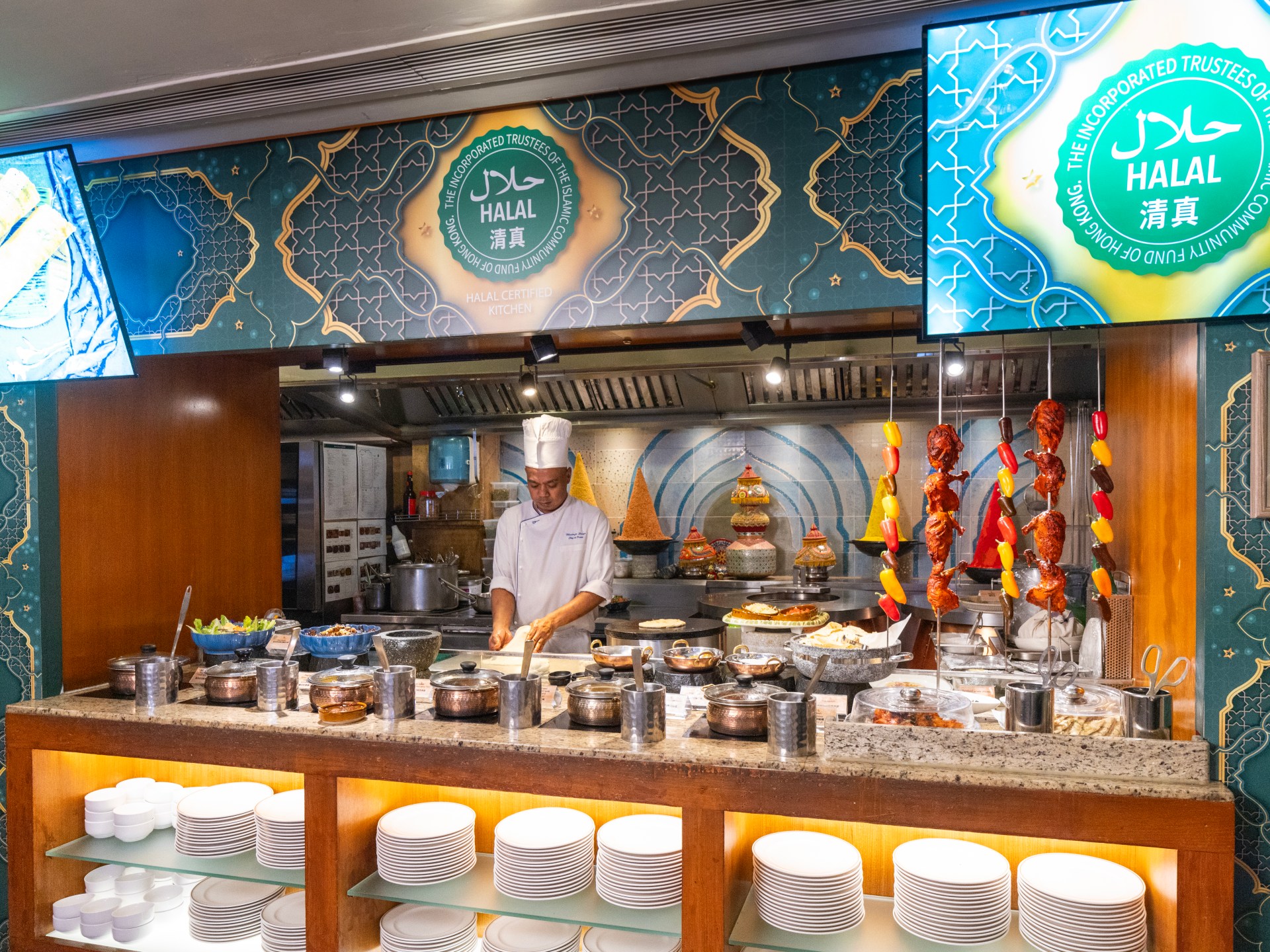The Halal and Muslim-friendly tourism market is expected to grow to $410.9bn by 2032, up from $256.5bn in 2023, according to industry predictions, with popular tourist destinations launching various initiatives to cash in on the rise in demand.
According to Crescent Rating, which estimated the steep rise is expected to continue and the figure could reach 230 million by 2028, the number of international Muslim tourists arriving in the first half of 2024 was estimated at 80 million.
According to industry experts, the global Islamic Halal economy, which includes investments as well as tourism, is expected to grow to $7.7 trillion this year, more than double the $3.2 trillion it was valued at in 2015 and significantly higher than the $5.7 trillion it was valued at in 2021.
What is Halal tourism?
Halal is an Arabic term meaning “permitted” and extends to more than just food.
Halal, or Muslim-friendly, tourism would cover everything from halal food, prayer facilities, availability of water in toilets for washing and ablution, gender segregation options, as well as an environment and experience free from “forbidden” acts, including alcohol and gambling.
Why were options for halal tourism necessary?
“Muslim leisure travelers have motives that are comparable to those of others. They want to experience the culture of their destination”, Fazal Bahardeen, CEO of Crescent Rating, told Al Jazeera.
They try to enjoy these experiences without downplaying their fundamental religious needs, the key difference is. It’s not just a form of religious tourism”.
According to a report from Crescent Rating, the Muslim travel market is projected to grow to $300 billion by 2026, creating “a strategic opportunity for destinations and operators to connect with a growing audience.”
Is the Muslim-friendly tourism market spreading?
AbdulMaalik Tailor, CEO and founder of Halal Tourism Britain, reckons Halal tourism “is an untapped market that has potential”.
“Initially, Muslim travellers would only do religious pilgrimages or visit ‘ back home'”, he told Al Jazeera. However, as the community expanded, particularly the younger generations, it became clear that their needs had to be met as a result.
According to Bahardeen, many well-known tourist destinations are now “recognizing this potential and expanding their offerings to be more inclusive.”
While Malaysia and Thailand are among the most popular destinations, other popular ones include Singapore, United Kingdom, Taiwan, Hong Kong and Thailand.
Thailand released a halal industry action plan in July of last year to promote local goods and raise industry standards. The country set its hopes on the rising halal industry to help boost to its tourism-reliant economy, which has struggled since the COVID-19 pandemic.
Thailand’s first Halal hotel opened in 2010 with a 4M increase in Muslim tourists in ten years. pic. twitter.com/kPETOFWnEF
In November, the Hong Kong Tourism Board launched an initiative to “drive development of Muslim-friendly tourism facilities to elevate visitor experiences”.
In a statement sent to Al Jazeera, it said it wanted to “encourage restaurants, hotels, attractions, venues, and other establishments to review their Muslim-friendliness, while promoting the importance of Halal certification among the trade”, sharing a list of hotels, restaurants and attractions that had obtained the required certification.
Taiwan has consistently been ranked highly by Crescent Rating, and for the second consecutive year, it will remain a top Muslim-friendly destination.
The tourism department acknowledges the significance and potential of Halal tourism in terms of supporting the growth and diversity of our tourism industry, according to the tourism secretary of the Philippines last year.
She continued, “We must cater to the needs of Muslim travellers by developing Halal tourism in order to ensure that we increase our competitiveness in the world tourism market.”
Last year, Zanzibar held a Halal Tourism Exhibition in an effort to pique both investment and interest. According to a Zanzibar tourism official, the move will also help grow local businesses that are already implementing similar initiatives.
Tailor, of Halal Tourism Britain, said the “increase in non-Muslim countries catering to Halal tourism shows a positive trend in the market’s growth”.
What is causing Halal tourism to increase?
Tailor claims that another significant factor is the rising middle class with disposable income, which is urging more travel, despite the fact that the Muslim population growth is still a factor.
“More destinations, whether Muslim or non-Muslim, are becoming aware of the potential , and are actively marketing themselves as such to create different experiences”, he said.
We also need to acknowledge that the narrative we are living in is being made up by Muslim influencers and brands that are also taking advantage of it, while also acknowledging that non-Muslims who may be Halal travelers are increasingly looking forward to the shared experiences.
Under 40, about 70% of Muslims worldwide are over 40.
According to Crescent Rating, “by 2034, the Muslim population will experience significant increases in the middle age groups [21-30 and 31-40], which are significant travel demographic segments due to their economic activity and propensity.”
Bahardeen claims to have spent the last 16 years working in the sector and that “halal tourism has undergone significant changes.”
Source: Aljazeera

Leave a Reply